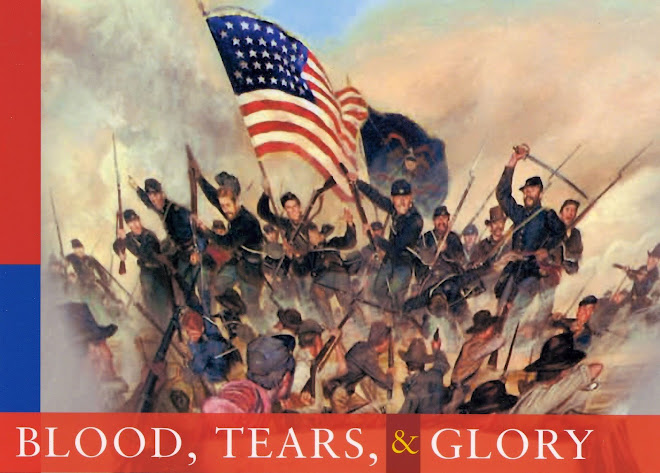
A Very Bad Week
This will turn into a very bad week for Maj. Gen. John Pope, the blustering bully who commands the newly formed Federal Army of Virginia.
Last week found Pope north of the Rappahannock River, Lee and Jackson south of it. But then Stonewall Jackson led his fast-marching infantry, nicknamed his “foot cavalry,” on a long looping move around Pope’s right flank, crossing the river and winding up in Pope's rear. There, on Wednesday, August 27, Jackson’s men fall like wolves on Pope’s huge supply base at Manassas Junction. What the hungry Confederates can’t consume or carry away, they destroye. Then they settle down in the shelter of a railroad embankment nearby to await developments.
As Lee grows confident that McClellan’s Army of the Potomac no longer poses a threat to Richmond by way of the Virginia Peninsula, the Confederate Army of Northern Virginia crosses the Rappahannock as well. CSA Gen. James Long street follows Lee with still more men.
Pope blunders about, trying to figure out where Jackson is. By now, a large portion of the Confederate forces have slid in between between Pope and Washington. On Thursday, August 28, portions of both the Union and Confederate armies clash at Groveton, only a few miles from the old Bull run battlefield. This nasty little fight begins late afternoon, takes many casualties on both sides, and doesn’t end until around midnight.
Throughout the Second battle of Bull Run, as the unfolding drama will be named, Pope repeatedly misjudges his enemy. Thinking Jackson was retreating, on Friday, August 22, he launches an uncoordinated series of piecemeal head-on attacks on Jackson, who is not retreating at all. In fact, he is being reinforced by Long street.
The next day culminates the battle. Pope launches his largest attack yet, but he still doesn’t realize the Long street’s reinforcements have arrived. The Union attack iss repulsed and Lee uses Longstreet’s force to envelope Pope’s weakened right flank.
Although Pope had successfully directed a slow, methodical siege at New Madrid, Missouri, and Island No. 10 on the Mississippi, he seems constitutionally incapable of managing a fast-moving, hard-fighting battle in open country. His badly beaten army is forced into a panicky retreat towards Washington.
That a retreat saving much of Pope’s army from total destruction is even possible was not due to Pope’s command skills nor to enthusiasticsupport from McClellan’s Army of the Potomac. Even President Lincoln suspects Little Mac deliberately delayed his return from the Peninsula campaign, allowing only some advance units to provide belated help to Pope.
The greatest glory for Union forces on Saturday, August 30, is won by an all-Ohio brigade commanded by Col. Nathaniel C. Mclean, a Cincinnati lawyer in civilian life. McLean deploys his battle-tested by worn-down brigade along Henry House Hill, the 73rd and 35th Ohio his left, the 75th and 55th Ohio on the right, and Battery K of the 1st Ohio Light Artillery in the center.
McLean’s brigade spends Saturday afternoon beating off furious Confederate attacks until the main body of Pope’s army is able to escape the battlefield. A modern iistorian has written that no Union brigade played “a more critical role in the battle than McLean’s, and no regiment more than the 55th Ohio.”
Pope’s reputation, however, is in tatters, and McClellan’s is badly tarnished. Within days, each will have a new assignment.



